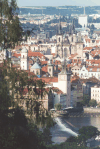
Looking down on Prague from Petrín Hill. (358k)
Prague is a beautiful city that has been restored very well. The Historic Centre of Prague is a UNESCO World Heritage Site.
Prague has lots of interesting architecture. Staromestské Námestí, the Old Town Square is a favorite tourist spot and usually very crowded. On the 14th century Old Town Hall is a very interesting astronomical clock. All of the Old Town is a maze of courtyards and passages. You can walk through most of the old town by just going from one courtyard to another through these passages. Many of these yards have restaurants and small stores.
The Charles Bridge is another one of the famous sites in Prague. It was started in 1357 by Charles IV. It is usually very crowded with dozens of vendors selling souvenirs, making music, and painting portraits.
St. Vitus Cathedral is on the site of a Romanesque church, first built by Duke Wenceslas in 929. It is a huge Gothic cathedral from the 14th century.
About one month after I visited Prague, it was inundated by the flood of the century. Many buildings were damaged or destroyed by this flood. Hopefully it can all be restored again.
Around Prague are scores of castles. The best know is probably Karlstejn Castle, about 20 km (12 miles) south-west of Prague, founded in 1348 by Karel IV (Charles IV). Kost hrad (Kost Castle) is a beautiful Gothic castle about 90 km (56 miles) northeast of Prague. Trosky hrad (Trosky Castle) is a striking castle ruin sitting on two basalt towers that can be seen for miles. It was built in 1380.
To the north and west of Prague are Terezin and Lidice, two memorials of the Nazi Holocaust.
Near Hredle, about 40 km (25 miles) west of Prague are the Kamenné rady u Kounova (the Kounov Stones). It is an area of about 2000 small menhirs (standing stones) from the Neolithic period. They are similar to sites found in western Europe, but are the only such site in central and eastern Europe. It is no Stonehenge, but interesting to visit nevertheless.
The most interesting place that I visited was the Ossuary Chapel in Sedlec, today a suburb of Kutná Hora. The cemetery started in the 12th century with the founding of Bohemia's first Cistercian monastery in 1142. In the 13th century, the abbot brought back some soil from Jerusalem and spread it over the cemetery. Because it was now Holy Ground, everybody wanted to be buried there. That, together with the plague in the Middle Ages assured huge demand for graves in that cemetery. Within a century there were tens of thousands of bodies buried there. Since there was only so much room, whenever a new body was buried, the bones of the previous occupant had to be removed. The 14th century All Saints Chapel (kaple Vsech svatých) was used to store the bones, first outside under the roof, then inside. In the late 18th century the Schwarzenberg family bought the monastery. In 1870 Frantisek Rint, a Czech woodcarver used the bones to decorate the chapel. Among others he created the Schwarzenberg family coat of arms in bones. The chandelier is said to contain at least one of every bone in the human body. Rint signed his name and date in bones on one of the walls of the ossuary. The unused bones were neatly arranged in four huge piles, each holding about 6,000 skeletons worth of bones.
Traveling by car in the Czech Republic is no problem. You can find hotels anywhere. You can get money from money machines with your regular bank card anywhere in the Czech Republic.
Traffic in the cities is usually quite heavy, especially in Prague. You have to be quite a distance from Prague before the traffic eases up. The roads are generally very good. I tried to take smaller roads as much as possible. It turned out that even the smaller roads are generally very good. Cars are usually very modern. The new models of Skoda are very nice cars. However, sometimes you can still see remnants from the Soviet era.
All pictures are © Dr. Günther Eichhorn, unless otherwise noted.



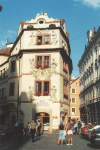
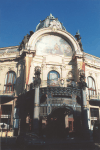

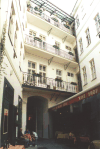
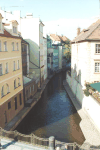

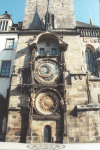




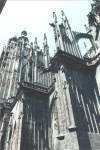
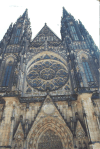
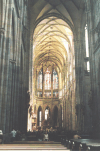
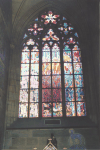


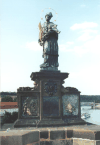



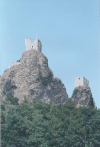


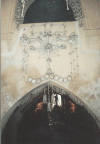
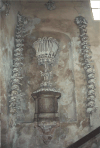
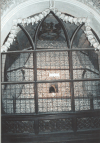
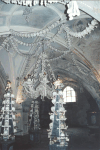
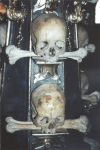


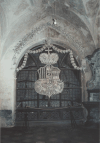
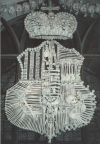
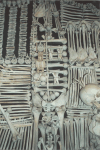
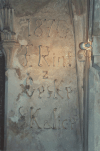



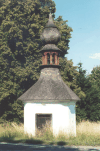
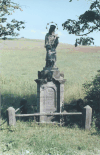


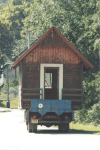
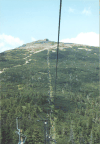
This page contains 47 pictures

Main page for Česká Republika (Czech Republic)
Page last updated on Tue Sep 24 21:59:30 2019 (Mountain Standard Time)
People in Czech Republic on aerobaticsweb.org